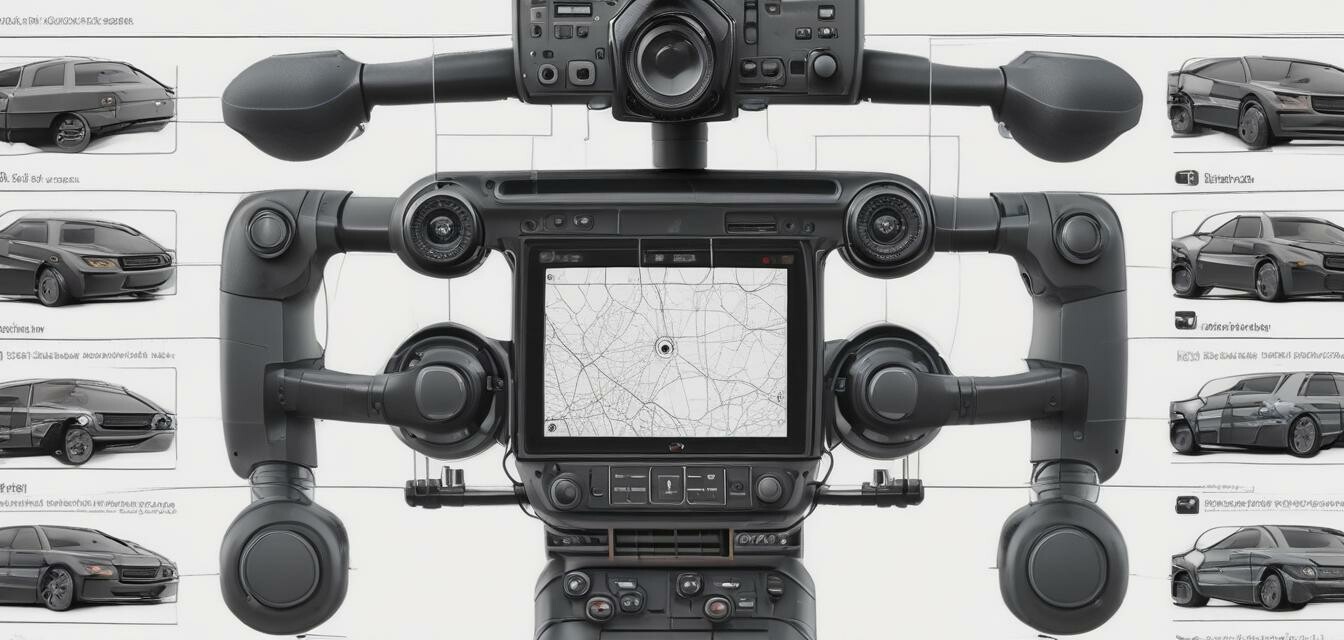
How to Install Your Dashcam: Step-by-Step Guide
- Understand the necessary tools and equipment for installation.
- Follow step-by-step instructions for various dashcam types.
- Learn about optimal mounting locations for the best visuals.
- Get tips on wiring your dashcam for power and connectivity.
- Explore common troubleshooting steps for installed dashcams.
Installing a dashcam can greatly enhance your driving experience by providing crucial evidence in case of accidents or unexpected incidents. In this comprehensive guide, we will walk you through the steps required to properly install your dashcam, ensuring optimal performance and functionality. Whether you are a first-time buyer or looking to upgrade your current setup, follow our clear instructions and tips to make the process simple.
What You Need to Install Your Dashcam
Before you begin the installation, gather the following tools and equipment:
- Dashcam
- Adhesive mount
- USB or hardwiring kit (depending on your setup)
- Micro SD card (ensure it's compatible with your dashcam)
- Tools for cable management (zip ties, cable clips)
- Car charger or USB power adapter
Step-by-Step Installation Process
The installation process may vary slightly depending on the type of dashcam you have. Here’s a general guide to help you get started:
Step 1: Choose the Right Location
Select a mounting location on your windshield that does not obstruct your view. Common locations include:
| Location | Pros | Cons |
|---|---|---|
| Behind the rearview mirror | Stealthy, Minimal obstruction | Limited visibility of the camera |
| Driver's side of the windshield | Wide field of view | More noticeable |
| Passenger side of the windshield | Similar to driver's side | May capture less of the driver's standpoint |
Step 2: Prepare Your Dashcam
Set up your dashcam by inserting the micro SD card and connecting it to power. If you're using a USB power source, connect the charging cable.
Step 3: Mount the Dashcam
Use the adhesive mount to secure the dashcam in the selected location:
- Clean the windshield area with glass cleaner to ensure a strong bond.
- Peel off the adhesive backing and firmly press the mount against the windshield.
- Attach the dashcam to the mount, ensuring it's secure.
Step 4: Route the Power Cable
Depending on your power source, you can either use the vehicle’s USB port or perform a hardwire installation. Here’s how:
- **Using USB Power**: Route the cable along the edge of the windshield, securing it with cable clips or zip ties to avoid distractions.
- **Using Hardwiring**: If you go this route, connect the power cable to the vehicle’s fuse box, ensuring you follow the manufacturer's guidance for your vehicle model.
Step 5: Test the Camera
Before finalizing your installation, ensure everything is working properly:
- Start your vehicle and check if the dashcam powers on.
- Test the video recording function and review clips if necessary.
- Adjust the angle for optimal view if needed.
Common Troubleshooting Tips
If you encounter any issues with your dashcam, consider these troubleshooting tips:
- Ensure the SD card is properly formatted and installed.
- Check the power source connection.
- Ensure the dashcam is not blocked by any objects.
- Review the manufacturer's FAQ page if issues persist.
Pros
- Enhanced safety and documentation while driving.
- Simple installation with provided tools.
- Broad range of features available with modern dashcams.
Cons
- Potential for camera failure if not installed correctly.
- Distraction if the camera obstructs the driver’s view.
Conclusion
Installing a dashcam is a straightforward process that can offer immense benefits for your driving security. By following our step-by-step guide, you can ensure that your dashcam is not only correctly installed but also functioning at its best. If you're still considering options, feel free to explore our dual lens dashcams or night vision dashcams for your next purchase.
For more insights and tips regarding buying dashcams, visit our Buying Guides section to find the perfect dashcam that suits your needs.
